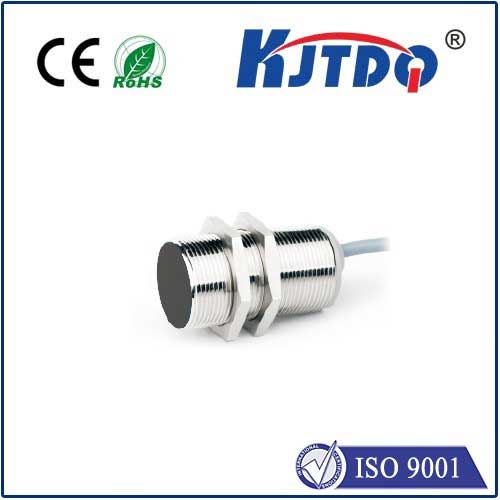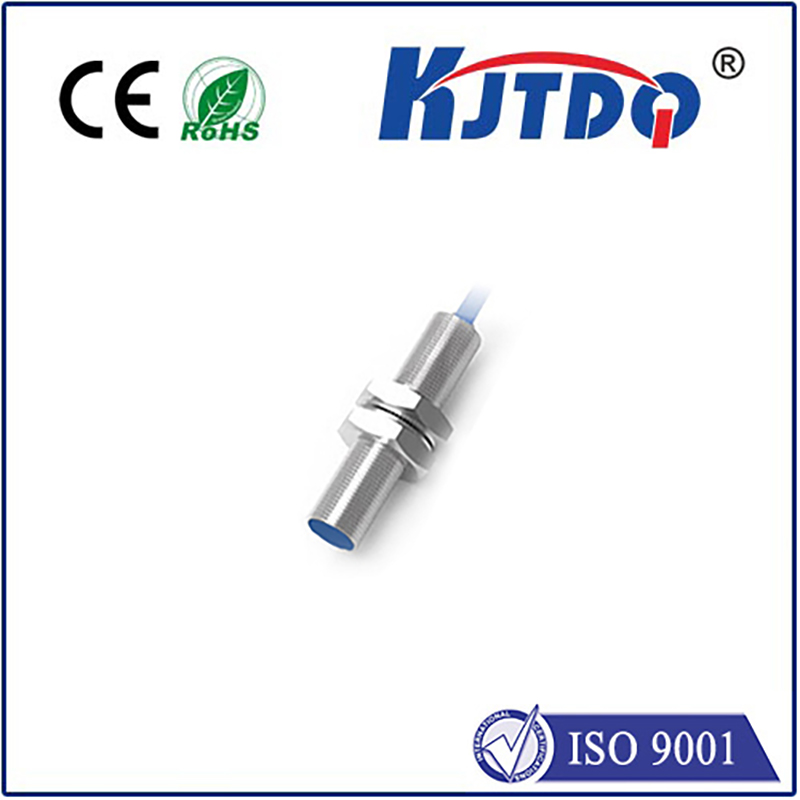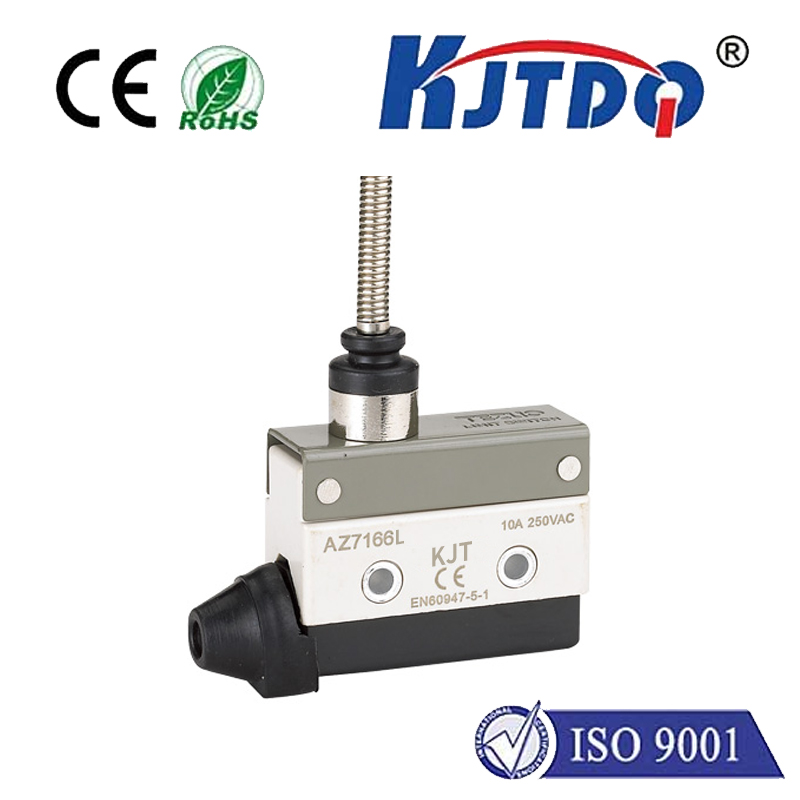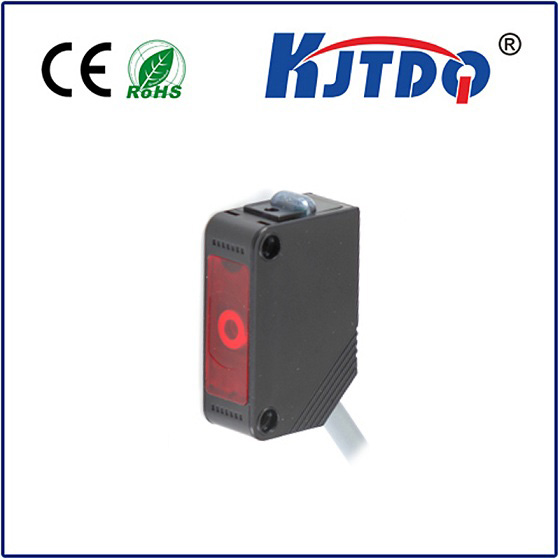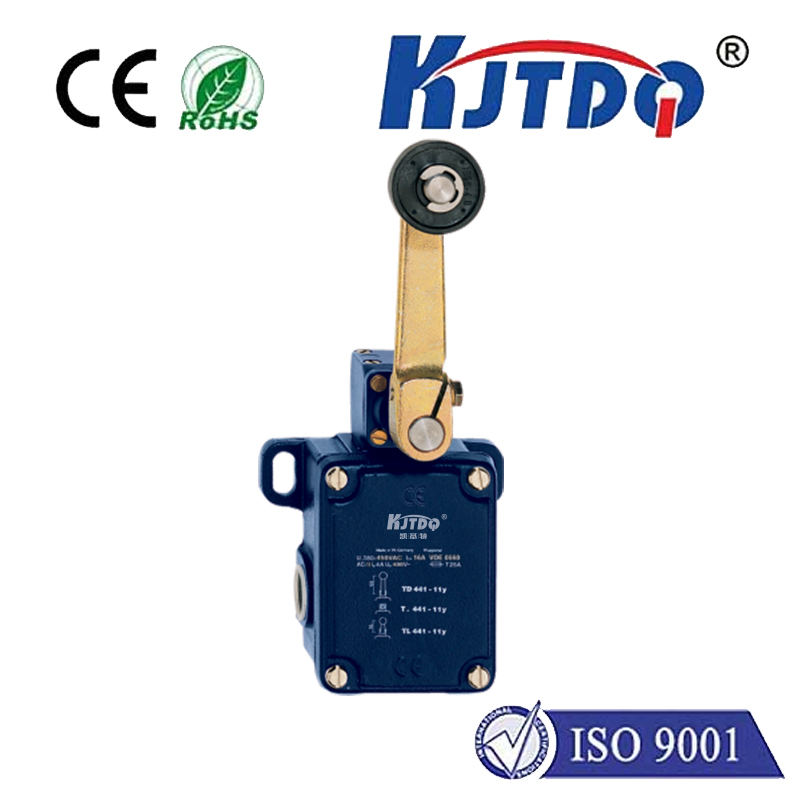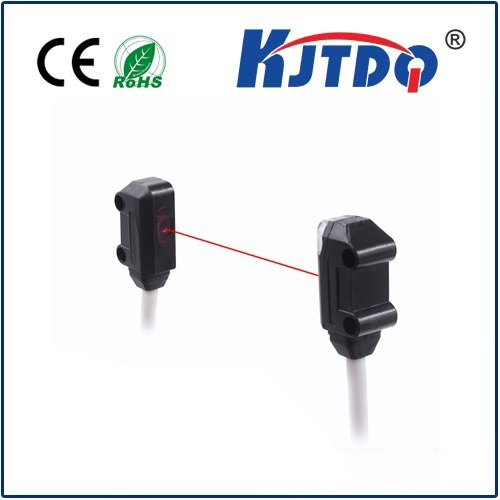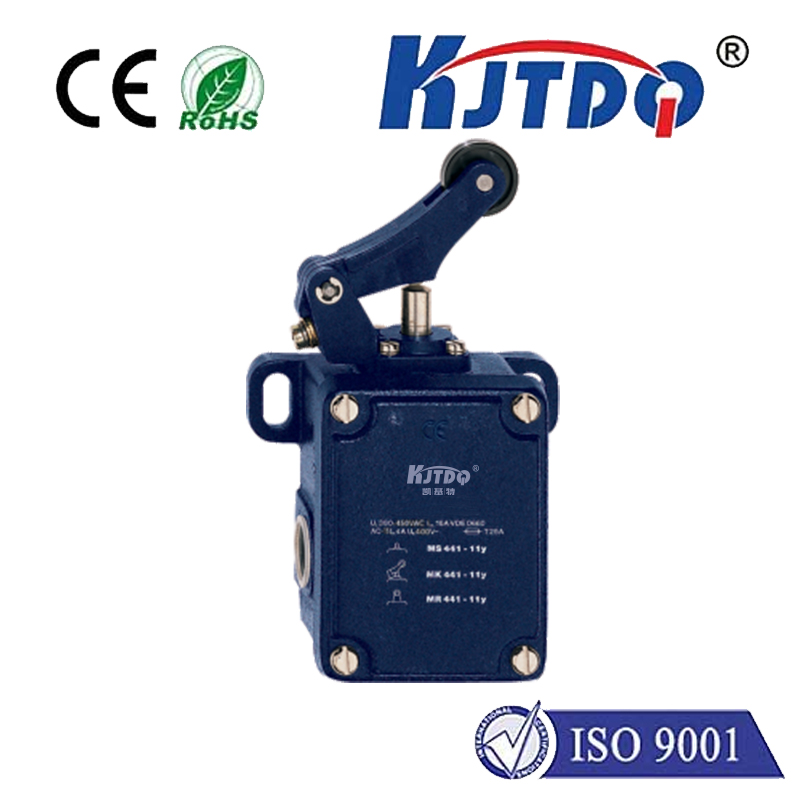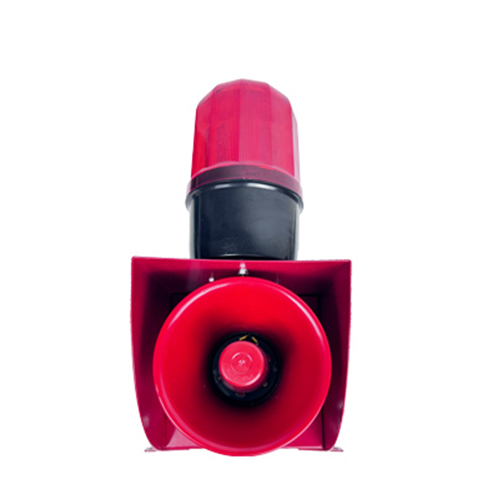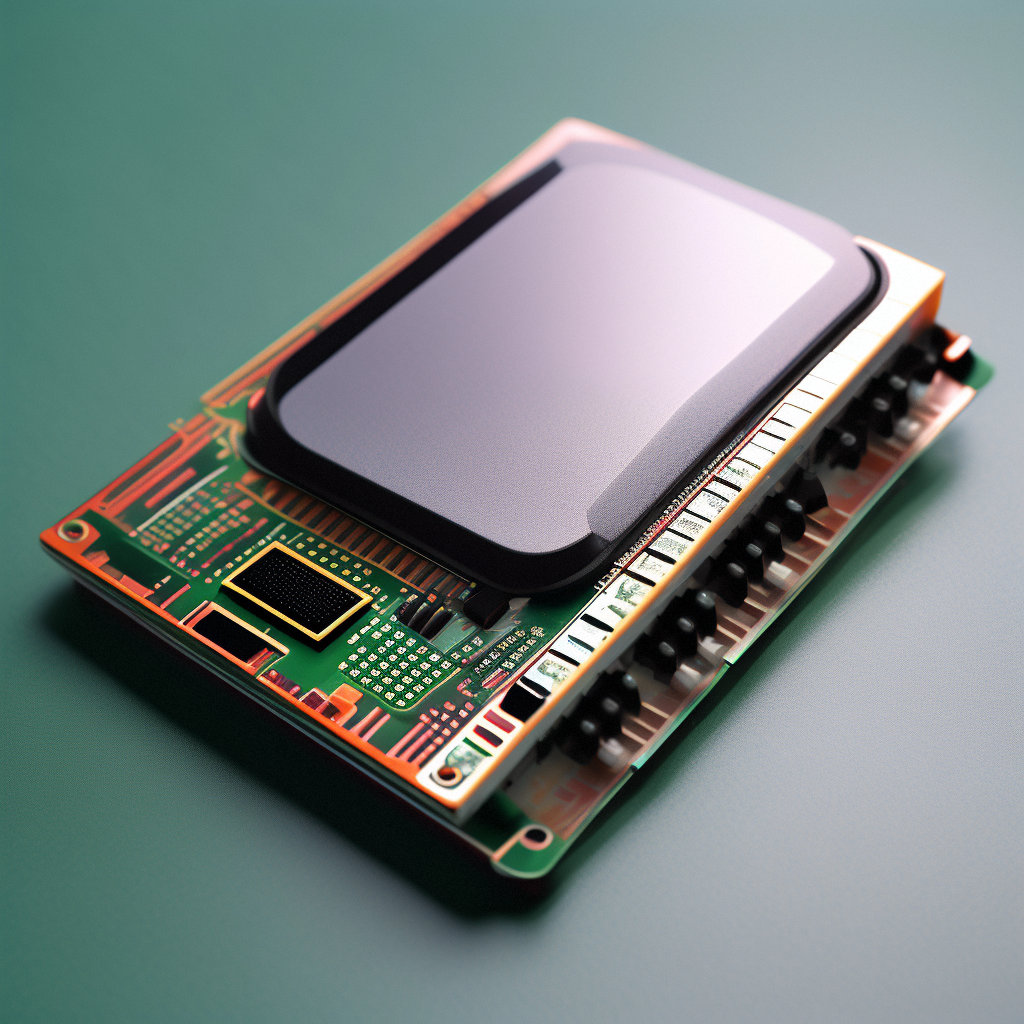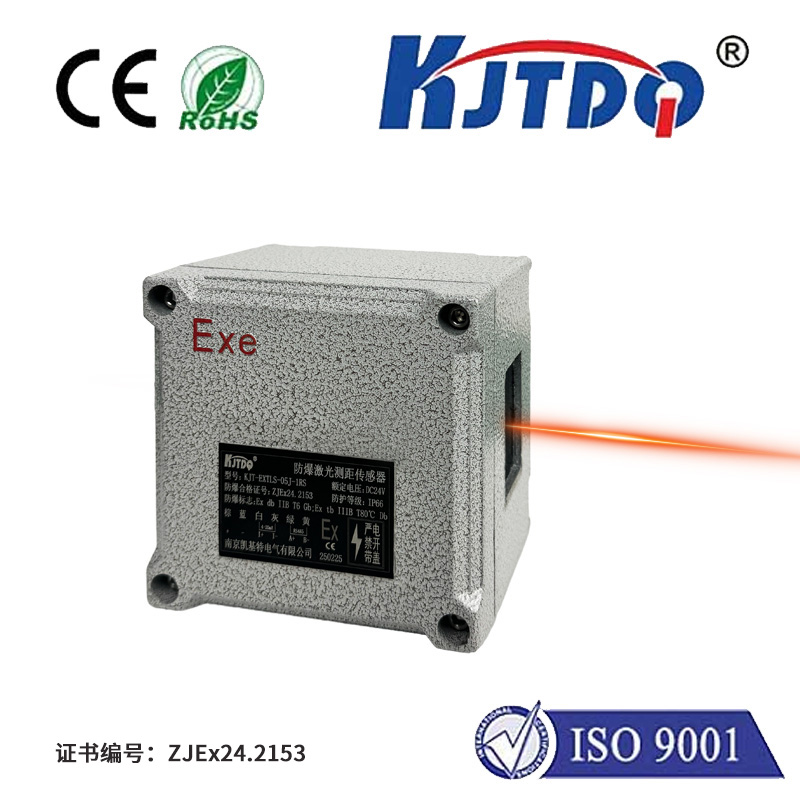

check

check

check

check

check

check

check

check

check

check
副标题:
Exploring the Advancements, Capabilities, and Applications of Solid State Devices in Proximity Switch Technology
Solid state proximity switches represent a significant technological breakthrough in the realm of electronic switch devices. As opposed to traditional mechanical switches that rely on physical contact between two metallic plates, solid state proximity switches use semiconductor technology to achieve a similar function with significantly lower dimensions and greater reliability. In this article, we delve into the evolution of solid state proximity switches, exploring their key advancements, capabilities, and diverse applications across various industries.
The concept of solid state proximity switches can be traced back to the early 1970s when researchers began experimenting with transistor-based devices that could sense the presence or absence of an object. However, it was not until the late 1980s and early 1990s that these devices evolved into the sophisticated solid state proximity switches we see today. This transformation was driven by advances in semiconductor technology, which allowed for improved performance, higher accuracy, and more reliable operation in harsh environmental conditions.
One of the most significant advancements in solid state proximity switches is their ability to operate in high-frequency environments. These switches can detect and respond to signals at frequencies ranging from several kilohertz to tens of gigahertz, making them ideal for applications such as wireless communication, sensors, and automotive safety systems. Additionally, solid state proximity switches have improved sensitivity and response time, enabling them to operate more accurately and reliably in challenging environments.
Another advantage of solid state proximity switches is their compact size and low power consumption. These devices require minimal external components, resulting in simpler circuit designs and lower power consumption compared to traditional mechanical switches. Moreover, solid state switches are available in a wide range of configurations, including surface mount, through-hole, and SMT options, allowing for flexible integration into a variety of electronic systems.
In addition to their superior technical features, solid state proximity switches offer numerous benefits across different industries. In the automotive sector, they are widely used in brake systems, fuel economy monitors, and parking assistance technologies. In healthcare, these switches are employed in patient monitoring systems, medical equipment, and robotic surgery platforms. Meanwhile, solid state proximity switches are essential components in industrial automation, data centers, and telecommunication networks. They play a crucial role in sensing and controlling various processes, such as temperature control, motion detection, and access control systems.
As solid state technology continues to advance and evolve, it is likely that these devices will become even more ubiquitous across different sectors. From improving safety in vehicles to enhancing productivity in factories and hospitals, solid state proximity switches are poised to transform the way we interact with modern electronics. By understanding the key advancements, capabilities, and applications of solid state proximity switches, we can appreciate the profound impact they are having on our daily lives and anticipate even more exciting developments in the future.
